-
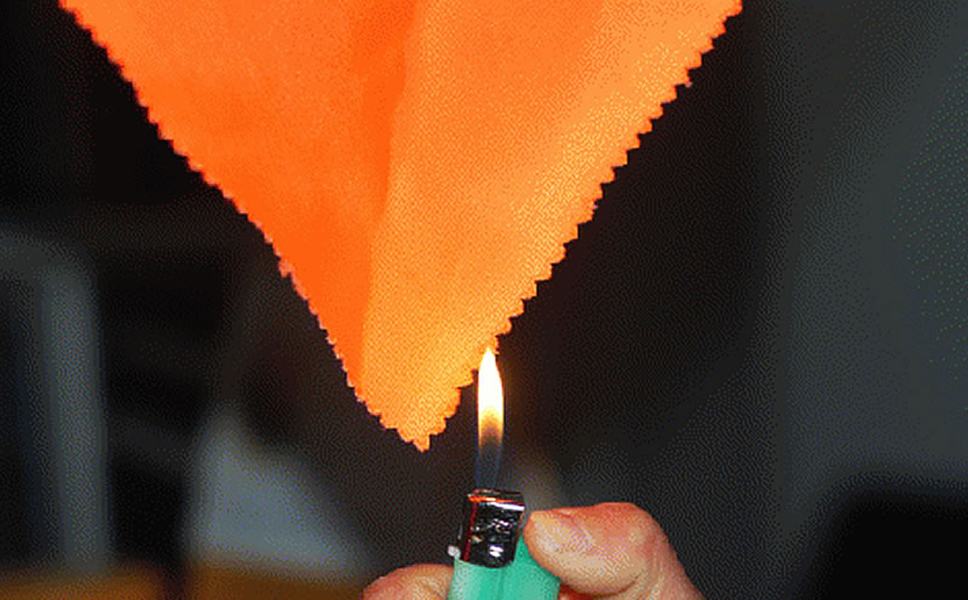
The Practical Technology of Textiles Two
Mildew-proof It is to add chemical anti-mould agent on fabrics of cellulose fibers to kill or inhibit microorganisms. Generally the relatively safe salicylic acid will be chosen as the anti-mould agent. Also the washable copper naphthenate anti-mould agent is applied in padding process. Moth Pr...Read more -
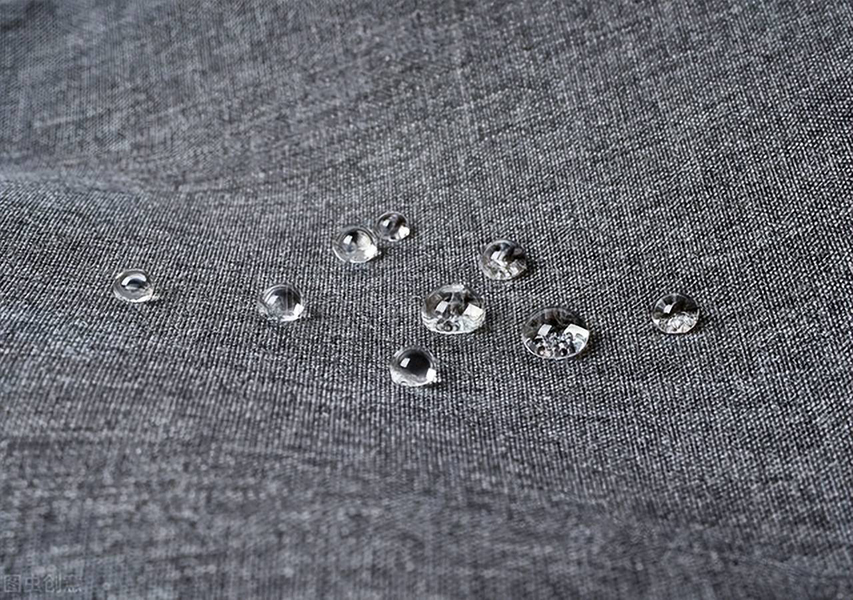
The Practical Technology of Textiles One
Water-repellent It is to use water-proofing finishing agent to process fabrics, which is to reduce the surface tension of fiber, so that water drops cannot wet the surface. Application: raincoat and travel bag, etc. Effect: Easy to handle. Cheap price. Good durability. Processed fabrics can keep ...Read more -
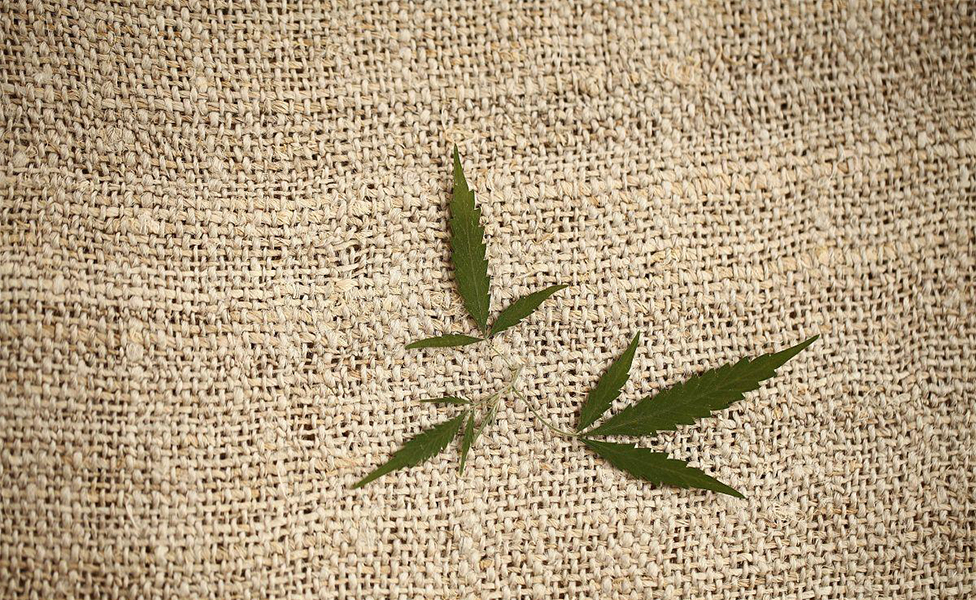
What Is Apocynum Venetum?
What Is Apocynum Venetum? Apocynum venetum bark is a good fibrous material, which is an ideal new type of natural textile material. The clothes made of apocynum venetum fiber have good breathability, strong moisture absorption, softness and antibacterial effect, and are warm in winter and cool in...Read more -
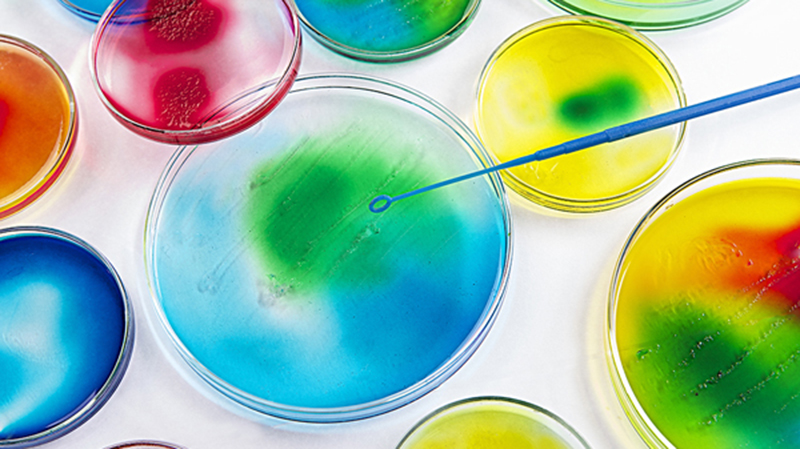
What Is Microbial Dyeing?
Natural pigments have the characteristics of safety, non-toxicity, non-carcinogenicity and biodegradation. Microorganisms are widely distributed and have a great variety. Therefore, microbial dyeing has broad application prospect in textile industry. 1.Microbial pigment Microbial pigment is a s...Read more -

Good Pretreatment Is Half Success!
Desizing Desizing is for sizing woven fabrics. For weaving easily, most of the woven fabric needs sizing before woven. The commonly used desizing methods are hot water desizing, alkali desizing, enzyme desizing and oxidation desizing. If fabrics are not desize fully, the dye up-take of dyes will ...Read more -
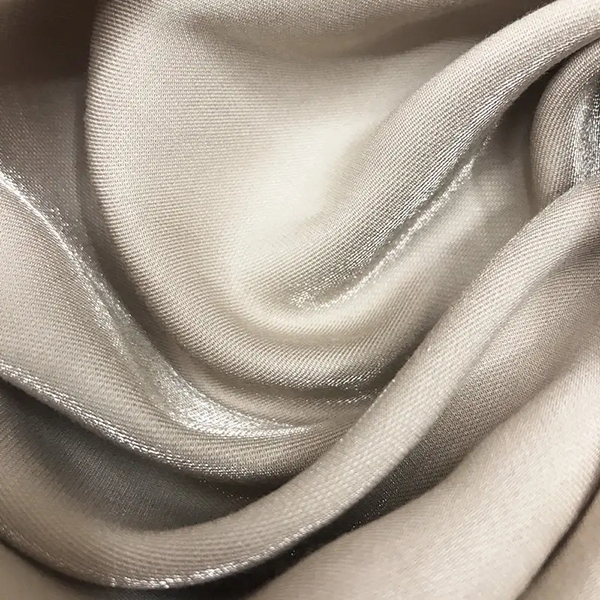
Nylon/Cotton Fabric
Nylon/cotton is also called metallic fabric. It is because nylon/cotton fabric contains metallic fabric. Metallic fabric is a high-grade fabric made by that metal is implanted in the fabric after wiredrawing and then processed into fiber. The proportion of metallic fabric is about 3~8%. The highe...Read more -

What Are The Curtain Fabrics? Which Is The Best One?
Curtain is an integral part of home decoration, which can not only play a role in shading and protecting privacy, but also make the home more beautiful. So which curtain fabric is the best? 1.Flax Curtain Flax curtain can dissipate heat quickly. Flax looks simple and unadorned. 2.Cotton/Flax ...Read more -
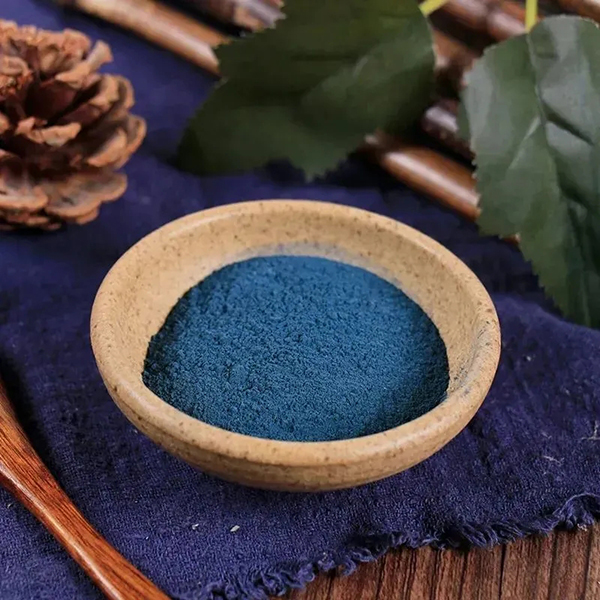
Textiles Dyed by Plant Dyes Must Be “Green”. Right?
Plant pigments come from nature. They not only have excellent biodegradability and environmental adaptability, but also have the antibacterial and health care function. Plant dyes dyed textiles become more and more popular among consumers. So Textiles dyed by plant dyes must be “green”...Read more -
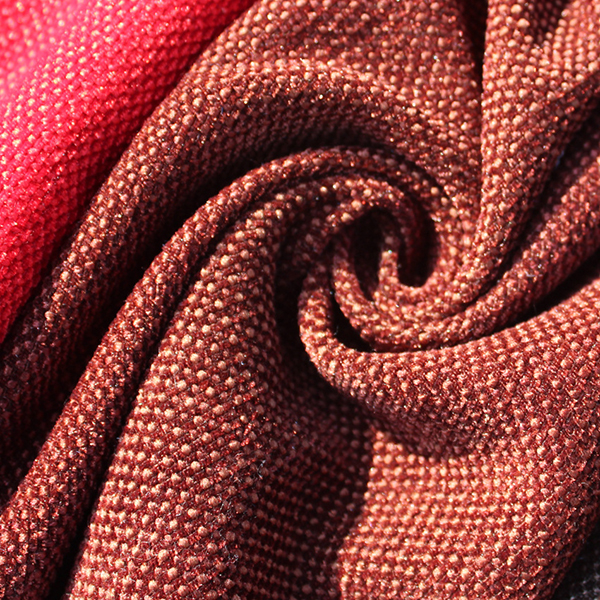
About Chenille
Chenille is a new type of complex yarn, which is made of two strands of plied yarns as the core, and spun by twisting the camlet in the middle. There are viscose fiber/acrylic fiber, viscose fiber/polyester, cotton/polyester, acrylic fiber/polyester and viscose fiber/polyester, etc. 1.Soft and c...Read more -

What Is Polyester High Stretch Yarn?
Introduction Chemical fiber filament yarn has good elasticity, good handle, stable quality, even leveling, not easy fading, bright color and complete specifications. It can be pure woven and interwoven with silk, cotton and viscose fiber, etc. to make elastic fabrics and various kinds of wrinkle...Read more -
Dyeing and Finishing Technical Terms Three
Leuco Potential The potential at which a VAT dye leuco body begins to be oxidized and precipitated. Cohesive Energy The amount of heat absorbed by 1mol of material to vaporize and sublimate. Direct Printing Directly print printing paste of various colors on white or colored textile fabrics to...Read more -
Dyeing and Finishing Technical Terms Two
Dyeing Saturation Value At a certain dyeing temperature, the maximum amount of dyes that a fiber can be dyed. Time of Half Dyeing The time that needs to reach half of equilibrium absorption capacity, which is expressed by t1/2. It means how quickly the dye reaches equilibrium. Leveling Dyeing...Read more

